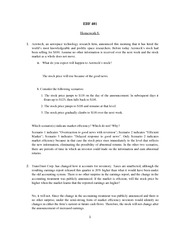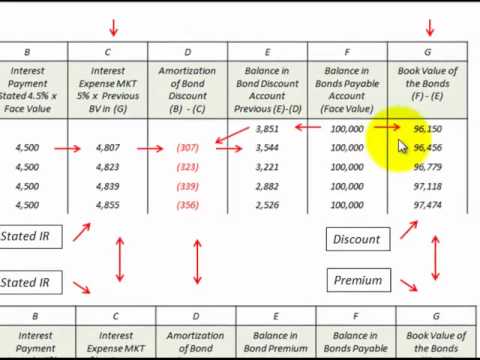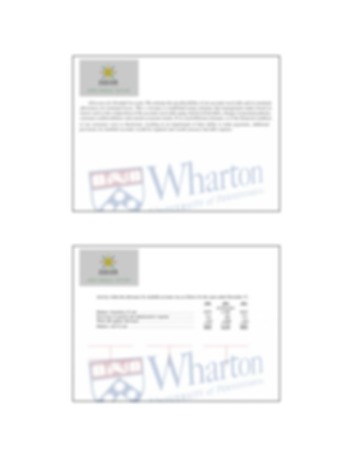
Consequently, growth just compounds the cash drain unless it also leads to superior market share. The cash trap is a concept that underscores the importance of maintaining a healthy cash flow and efficient financial management. Businesses must vigilantly monitor their liquidity, manage working capital, and assess the impact of strategic decisions on their ability to access cash. For example, a global agricultural-products company conducted a transaction-level analysis as part of a broad effort to achieve best-in-class improvements in working capital.
Business Costs
An equity investor who missed just the 10 best days since 2003 would have seen their annualized performance cut nearly in half. Develop contingency plans that outline how parties will navigate unexpected financial challenges within the scope of the contract. Incorporate termination clauses that outline the conditions under which either party can terminate the contract without incurring significant financial penalties. Cash traps can lead to disputes between parties, potentially resulting in legal proceedings to resolve the financial burden. The material provided on the Incorporated.Zone’s website is for general information purposes only.
Within Consumer Products Industry

If it is liquidated, many assets will prove to be unconvertible into cash at book value. Pareto’s Law alone would lead to most of the net cash generation coming from only a small number of products. The experience curve effect compounds the relationship and couples cash generation to market share. The experience curve effect causes your relative cost to decrease about 20 to 25 percent each time your market share doubles. That is why there are many chart of accountss, and most of them are low market share products.
- At the end of June it had $996 million in cash and short-term investments on hand, and just $26 million in long-term debt.
- A cash trap can hinder a company’s ability to access the cash it needs for various purposes, including paying off creditors, funding new projects, and covering operational expenses.
- What we’re really getting at with a “cash trap” is that there is not enough cash flow to cover the cost of your new equipment, generate a profit, and maintain your position in the competitive marketplace without incurring too much debt.
- That’s according to a new analysis done for CFO by The Boston Consulting Group (BCG).
- Understanding these components empowers organizations to make informed decisions, allocate resources effectively, and navigate the complexities of the financial landscape.
Within Diversity, Equity, and Inclusion
Against this backdrop, how can investors gain the confidence to step out of cash and build long-term, diversified portfolios? In Avoiding the Cash Trap, we identify seven principles to help do exactly that. For businesses, being caught in a cash trap can hinder their operational capacity, preventing them from pursuing growth opportunities or adapting to market changes.
For instance, if a project requiring cash collateral is now complete, the cash collateral should be returned. Second, for the credit support that is required, the company should identify the most capital-efficient way to provide it. For some, this can mean replacing cash collateral https://www.business-accounting.net/ with a letter of credit that does not affect revolver availability; for others, it can mean replacing a letter of credit with a surety bond that does not require further collateral. Sizable opportunities to release cash may also exist further down the asset ledger.
Interplay Between Sale Receipts, Business Costs, and Cash Flow
Reported profit always exceeds payout to owners in any business over time. Much of the reported profit must necessarily be reinvested just to maintain competitive position and finance inflation. If the required reinvestment, including increased working capital, exceeds reported profit plus increase in permanent debt capacity, then it is a cash trap. Cash is rarely ever recovered from a cash trap unless relative competitive performance is improved by obtaining a superior market share.
For example, a rapidly growing company may experience significant growth in business operation costs leading it to produce more and sell more (technically being profitable) but cannot collect as rapidly causing it to rapidly drain its cash reserves. Many mature global companies have significant pension and employee-benefit obligations. Those with future defined-benefit obligations face uncertainty regarding the amount and timing of those obligations. Of course, these are major decisions that affect a range of stakeholders—not the least of which are employees and retirees.

Boston Consulting Group partners with leaders in business and society to tackle their most important challenges and capture their greatest opportunities. BCG was the pioneer in business strategy when it was founded in 1963. Today, we work closely with clients to embrace a transformational approach aimed at benefiting all stakeholders—empowering organizations to grow, build sustainable competitive advantage, and drive positive societal impact. Take at least twice as much of the growth as your leading competitor in any relevant product-market segment. If you cannot, then plan the process of extricating your investment as expeditiously as possible. Holding excessive levels of inventory can tie up resources and hinder cash flow.
Sale receipts represent the revenue generated by a business through the sale of goods or services to customers. They serve as tangible evidence of financial transactions and contribute to a company’s overall income. Sale receipts can come in various forms, including cash, checks, credit card payments, or electronic transfers. Efficient working capital management is essential to prevent falling into a cash trap.
We work in a uniquely collaborative model across the firm and throughout all levels of the client organization, fueled by the goal of helping our clients thrive and enabling them to make the world a better place. It is a fact that most of the net cash generation of virtually all companies comes https://www.accountingcoaching.online/is-accounts-payable-both-a-debit-a-credit/ from a very few products which have a clearly dominant share of their relevant product-market segment. With higher rates of inflation, the minimum required return is increased in proportion. Inflation of assets must be financed and will never be recovered in dividends or liquidation.
Companies often find that not every dollar on the balance sheet is equal; cash may be sitting in foreign jurisdictions without an operationally or tax-efficient way to deploy it. Regularly reviewing cash balances, requirements, and transfers globally may free this “trapped” cash and put it to productive uses, such as capital expenditure. Ultimately, investors should remember that holding some cash is always necessary.
The results helped it design new product- and region-specific initiatives to transform its order-to-cash process, as well as various category-specific measures and process improvements to extend the procure-to-pay cycle. The M&A TrapAcquisitions are highly appealing, especially when they are immediately accretive to earnings. But an accretive deal won’t necessarily boost shareholder returns if, as is possible, it also reduces the acquirer’s multiple. BCG cites the example of a consumer-brands company whose CEO engineered the purchase of numerous low-tier, low-margin brands. The acquisitions boosted earnings in the first year but diluted the company’s average organic growth rate and margins, causing investors to drive down the multiple on the company’s stock and ultimately yielding no improvement in shareholder return.
In the realm of contract law, the concept of a cash trap takes on a distinctive meaning, highlighting scenarios where contractual arrangements lead to financial challenges for one or both parties involved. The interplay between sale receipts, business costs, and cash inflow and outflow forms the bedrock of financial sustainability in business. Understanding these components empowers organizations to make informed decisions, allocate resources effectively, and navigate the complexities of the financial landscape. By optimizing sale receipts, managing business costs, and maintaining a healthy cash flow, companies can lay the groundwork for enduring success, adaptability, and resilience in a dynamic and ever-evolving business environment.
